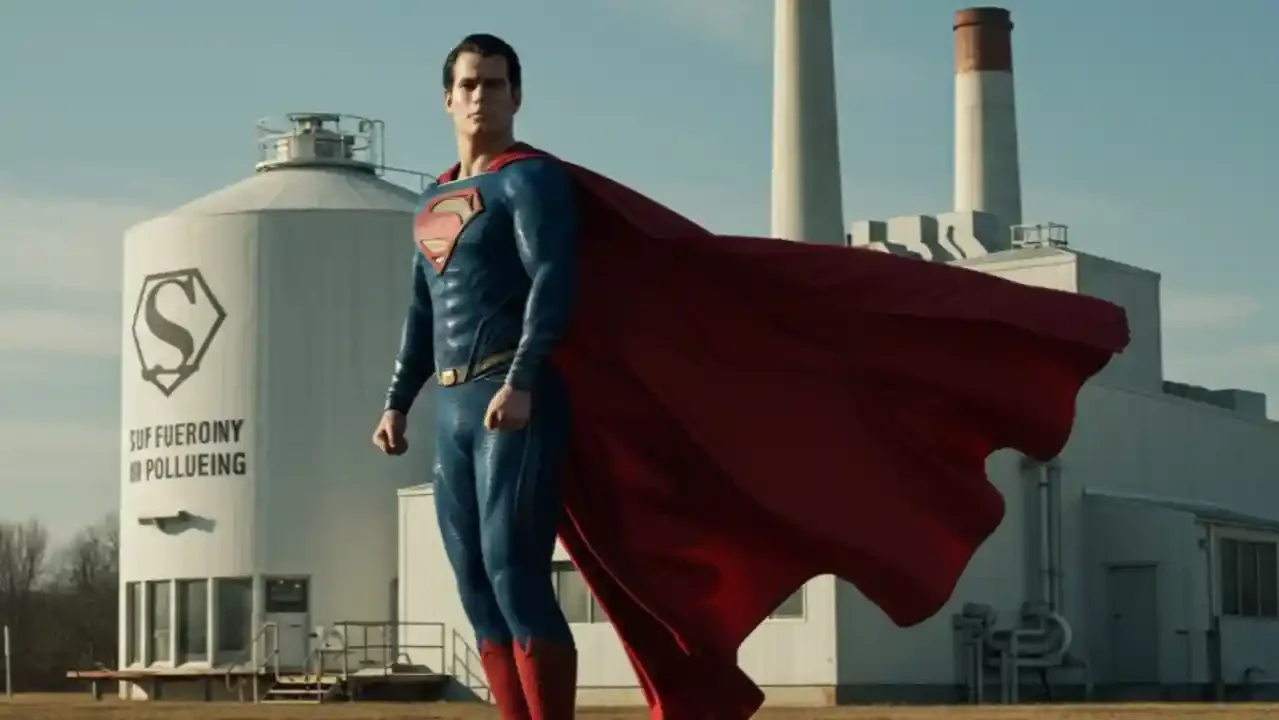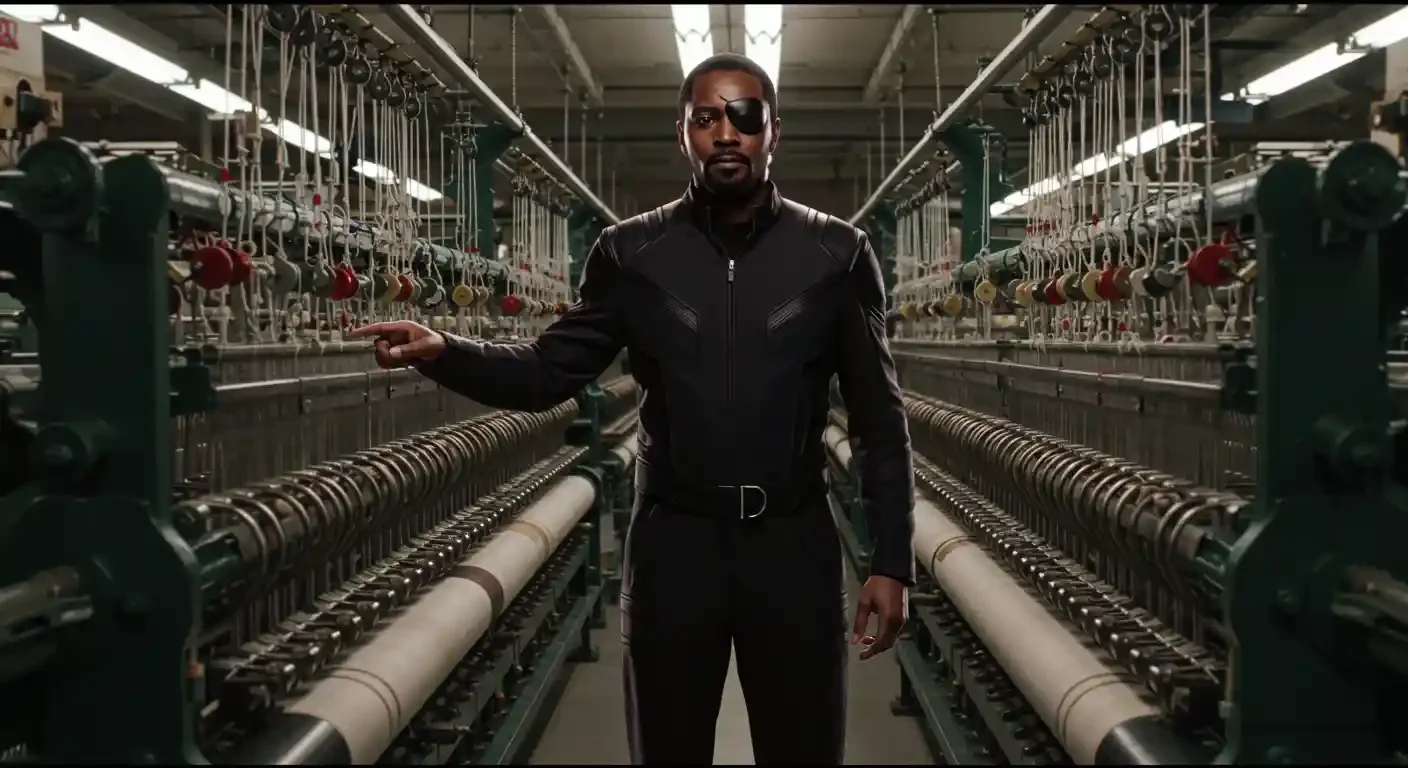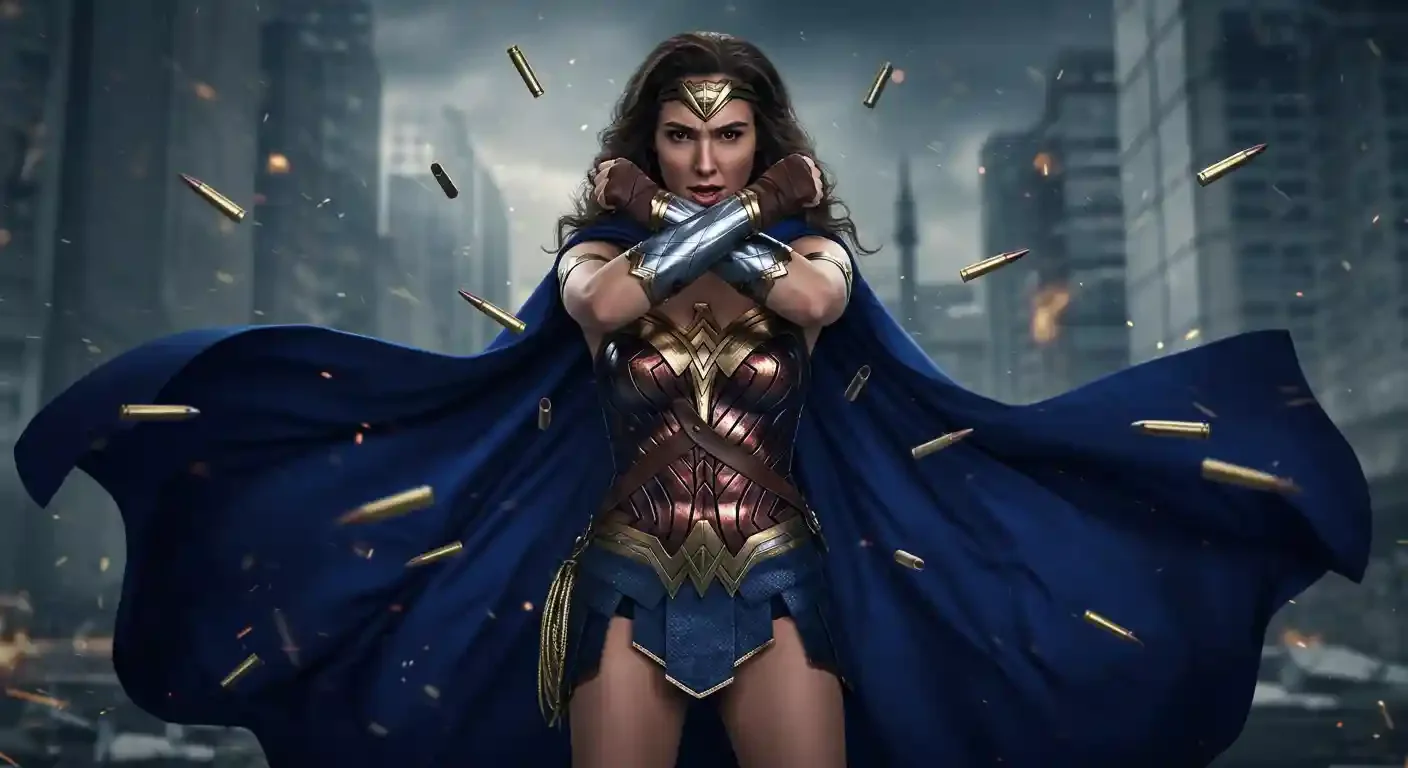Could OmegaTex Kevlar Fabrics Be What Superhero Capes Are Made Out Of?
My name is Leanne Donelson, and with my company, Texas Outdoor Shades, I’ve built my career as a dealer of exterior shade products out of Houston, Texas. In a state where Gulf hurricanes can turn homes into matchsticks, my clients—coastal homeowners, businesses, even ranchers—rely on me for roll-down shades, storm panels, and awnings that can withstand nature’s fury. I know my fabrics, especially the Kevlar-woven ones that shrug off 150-mph winds like they’re a summer breeze. So when John Hoyt, the newly appointed Director of Fabric Sales at Twitchell Corporation in Dothan, Alabama, emailed me last week, I was curious but wary. “Ms. Donelson,” his email began, “Your expertise in hurricane-resistant shade products makes you an ideal partner. We invite you to tour our Dothan facility to explore OmegaTex, our cutting-edge textile. Please sign the attached NDA before your visit.”
Why is the factory in Alabama? Could Superman answer this question?
An NDA? For a fabric tour? I’ve sourced textiles from Houston to Corpus Christi, and no supplier’s ever asked me to sign anything this secretive. Twitchell’s been spinning high-tech yarns since 1922, and their OmegaTex—Kevlar-infused, UV-stable, flame-resistant, and tougher than a Texas steer—sounded like a game-changer for hurricane shades. But why the cloak-and-dagger routine? I signed the NDA, my dealer’s instinct for the next big thing outweighing my doubts, but as I hit “send,” a wild idea struck: Could OmegaTex be more than shade material? Could it be tied to something... extraordinary?
That got me thinking about superhero capes, the kind that defy physics. Superman, soaring onto the scene in 1938, his red cape untorn by bullets or storms. Wonder Woman, striding in during flowing with Amazonian strength. Thor, thundering into existence with his red cape weathering Asgardian tempests. These capes aren’t just fabric—they’re practically indestructible. Could OmegaTex, with its Kevlar core, be their real-world ancestor? A fabric born in Alabama, be strong enough for hurricane shades and superhero swagger?
How did this mystery fabric Omegatex work with Kevlar?
How did this mystery fabric OmegaTex work with Kevlar?
The idea gained traction when I thought of Nick Fury, S.H.I.E.L.D.’s one-eyed spymaster, born and raised in Huntsville, Alabama, just a few hours north of Dothan. Before he was dodging alien invasions, he was a Huntsville kid, later recruited into the U.S. Army. If anyone knew about Alabama’s hidden resources, it’d be Fury. Could he have tapped Twitchell for S.H.I.E.L.D.’s gear? A covert pipeline for capes that could handle bullets, flames, or a Gulf Coast hurricane? My mind was racing faster than a twister.
To make sense of it all, I started piecing together a timeline—the "age of Twitchell," as I called it—interwoven with the emergence of these caped heroes. It felt like connecting dots in a comic book conspiracy:
1922: Twitchell Corporation is founded as a cotton gin repair shop, laying the groundwork for innovative textiles that would one day evolve into high-performance fabrics.
1938: Superman debuts in Action Comics #1, his iconic red cape symbolizing hope and strength—right around the time Twitchell was honing its yarn-spinning expertise. Note at this time Superman is 16 years old typically superhero powers manifest during their teens.
1939: Batman emerges in Detective Comics #27, his dark cape a tool for intimidation and gliding; could early Twitchell prototypes have inspired such durability?
1941: Wonder Woman makes her entrance in All Star Comics #8, her cape evoking warrior elegance, as Twitchell continued to innovate in resilient materials.
1954: Twitchell relocates to Dothan, Alabama, establishing a hub for advanced fabric production in the heart of the South.
1962: Thor crashes into Journey into Mystery #83, his red cape billowing through godly battles; by now, Twitchell's tech was advancing toward modern synthetics.
1967: Twitchell transitions to manufacturing its prevailing product lines, including specialized yarns and coatings—perhaps the birth era of something like OmegaTex, tough enough for storms or super feats.
Bullets bounce off Wonder Woman. What is the secret?
Bullets bounce off Wonder Woman. What is the secret?
This timeline had me hooked. Was Twitchell's evolution mirroring the rise of caped crusaders? From humble beginnings in 1922 to high-tech fabrics by the '60s, it all lined up too neatly with the golden age of superheroes.
Then came John Hoyt’s follow-up call. “Leanne, we’re thrilled to show you OmegaTex’s potential for your shade business,” he said, his voice calm but deliberate. “One thing—Dothan airport is extremely small and only has like 3 flights a day…it’s up to you. You can also look at flying into ATL and driving down (it’s a 3 hour drive to Dothan from ATL Airport), or you can fly into Panama City Beach and driving up, which is about an hour drive to Dothan from PCB.” Small airport? I’ve landed at tiny Texas strips before, and Dothan Regional’s no dirt runway. Why steer me to Atlanta or PCB? My gut churned. Was Twitchell hiding something at that airport? A private hangar, maybe? One big enough for Wonder Woman’s invisible plane? Comics say it’s undetectable, but even an invisible jet needs a landing spot. Anything seemed possible.
As I booked my flight to Panama City Beach—the shorter drive won me over—I couldn’t shake the feeling that Twitchell was more than a textile mill. OmegaTex, with its hurricane-proof pedigree, could be the thread tying my world of exterior shades to the capes of legends: Superman’s red banner from ’38, Batman’s shadowy cloak from ’39, Wonder Woman’s regal drape from ’41, Thor’s thunderous cape from ’62. And Nick Fury, Alabama-born, pulling strings from the shadows?
I pulled into the Twitchell factory lot, the Alabama sun glinting off the metal gates. John Hoyt greeted me with a handshake and a smile that didn’t quite reach his eyes. “Welcome, Leanne. Let’s see how OmegaTex can revolutionize your hurricane shades.” As we stepped onto the production floor, machines humming with Kevlar-laced threads, I couldn’t help but wonder: Was I here to talk shop... or to unravel a secret woven into the fabric of heroes? The mystery’s just getting started.



